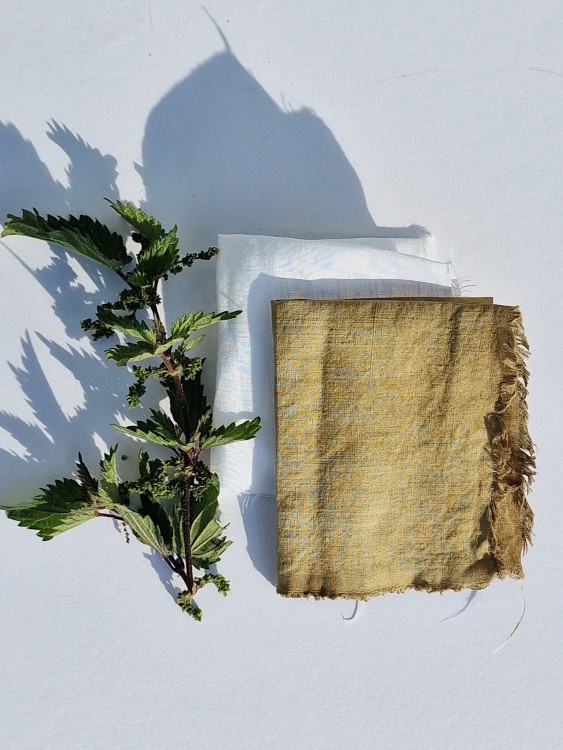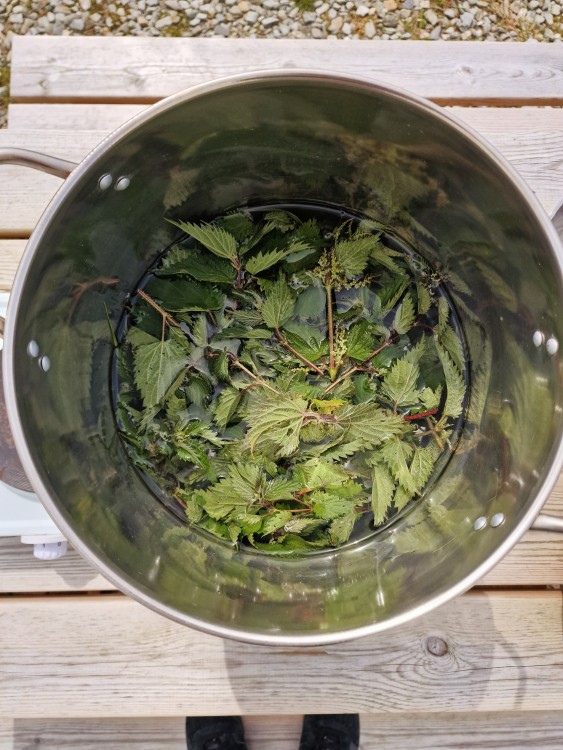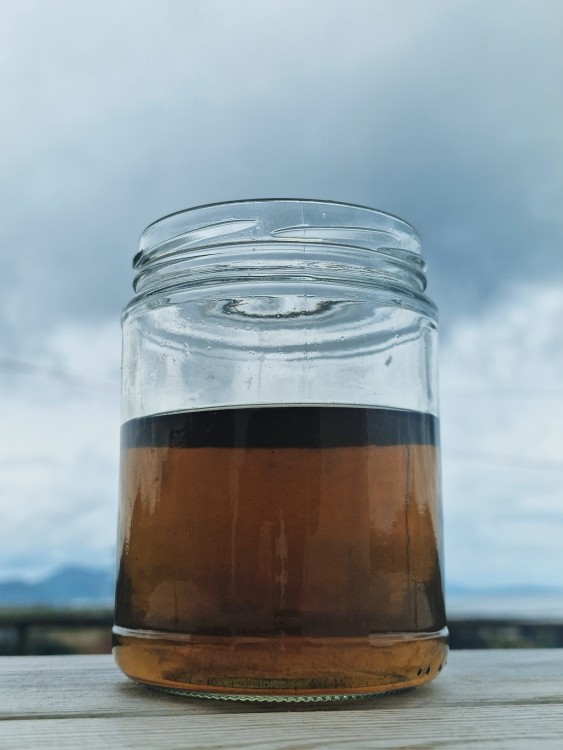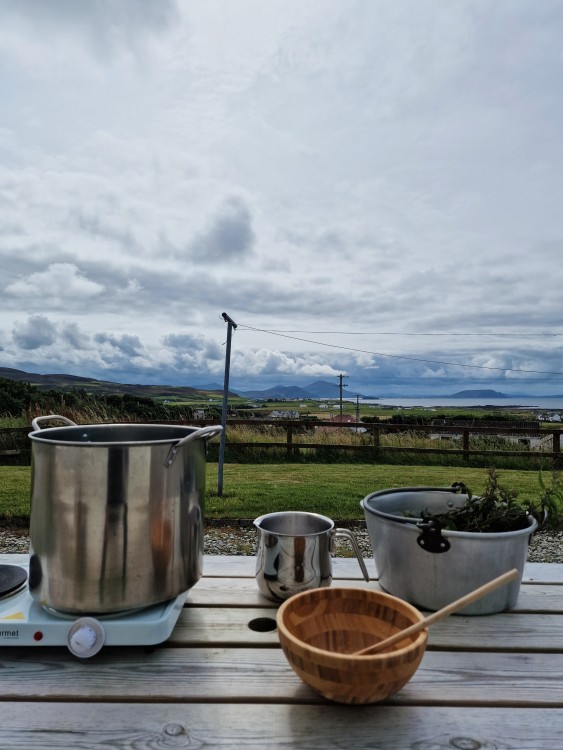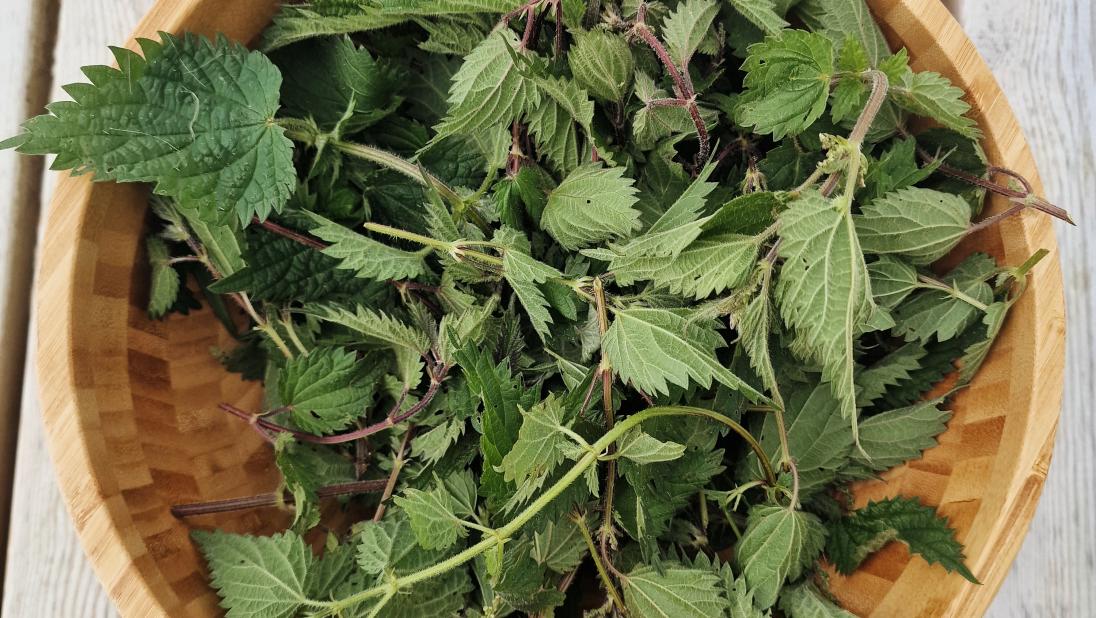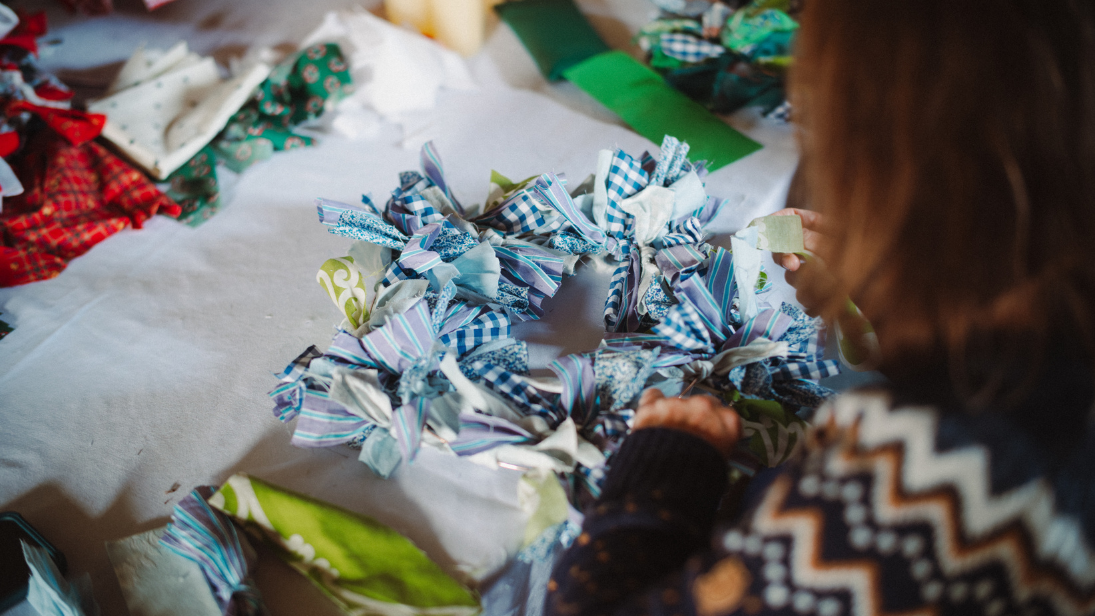
Natural Dyeing
Join Lyndsey McDougall as we learn about natural dye techniques and materials.
How I became interested in natural dye
When I started to learn the craft of hand embroidery, I initially avoided using lots of colour. Partly because I wasn’t great at putting colours together and partly because I couldn’t find fabric or threads in the shades I wanted. Luckily, I ended up sharing a studio space with my friend and favourite Irish painter, Hannah Casey-Brogan. Although we were rarely in the studio at the same time, we viewed and interacted with each other’s work continuously over the years and I learnt so much about colour from Hannah and her paintings.
As a result, I became progressively frustrated with the limited colour palette and types of thread I had available to me as a hand embroiderer. I wanted to be able to mix my own colours, just like a painter, with limitless possibilities. In 2016, I headed off to the city of Oaxaca in Mexico for a month long residency, learning from master dyer Elsa Sánchez at Teñido A Mano studio. Elsa was a great teacher and through her passion she managed to transfer all the skills I needed to start my own natural dye journey when I returned to Ireland.
Applied practice
Dyeing with Nettles
Today, nettles are often regarded as a nuisance in our gardens and surrounding areas. However, nettles were once regarded as a free and healthy food source in Ireland. Thankfully, we’re seeing a resurgence in nettle appreciation and many people in Ireland are once again picking the tasty and nutritious leaves in spring to make delicious foods and drinks.
For your dye bath, nettles picked in spring will yield a bright, crispy green. Their colour deepens throughout the summer and nettles picked in August will yield a darker, duskier shade. I love all the shades of green that nettles can produce, it’s a wonderful plant to get you started on your own natural dye journey.
To collect nettles for your dye bath, you need at least the equivalent weight of nettles to the weight of your linen fabric or threads. I use a pair of garden gloves to pinch off the top of the nettle plant and then I carefully place the tops into a basket. Be very careful not to sting yourself on the leaves, once simmered in water they lose their sting.
Natural Fibres
Natural dyes will only work on natural fibres, these include fabrics and threads made from protein (animal) and cellulose (plant) materials. The most common protein fibres are wool and silk, and the most common cellulose fibres are cotton and linen. Protein and cellulose fibres are prepared differently, so for this guide we will focus on how to prepare cellulose fibres as we are creating a dye bath for linen. Before you start anything, take note of the weight of your dry linen, you will need this calculation later.
Basic Dye Equipment
- Bucket
- Stainless steel pain
- Tongs
- Sieve
- Weighing scales
- Basket (or bag)
- Nettle tops
- Alum acetate
- Soda crystals
- Natural soap (I use 100% olive oil)
Techniques
Scouring Linen
Scouring is really just a fancy way of saying, wash your fabric vigorously.
- Machine wash linen at 90°
- Heat a good sized pot to a rolling boil
- Add 1 tablespoon of any natural soap
- Add 1 tablespoon of soda crystals
- Boil linen for at least an hour
- Rinse linen and dry
Mordant Linen
Mordanting your fabric means to prepare your fabric to accept the colour, possibly the most important step in the whole process. When we get this bit right your natural colours should be long-lasting.
- Soak linen in a bucket of water for at least 1 hour
- Heat a large pot of water to a simmer
- Add alum acetate (5% the weight of the linen) to the pot and stir
- Add linen and simmer for 1 hour (submerge completely)
- Remove from hob and let fabric soak in the pot over night
- Rinse and dry
Create a Nettle Dye Bath
- Soak linen in bucket of water for at least an hour
- Measure and add water (1/2 full) to a large pot
- Weigh nettles and add to pot
- Put pot on the heat and bring to a gentle simmer for an hour
- Take pot off the heat and strain liquid into a clean bucket
- Discard nettles in your compost heap
- Place liquid in bucket back in pot, add linen (fully submerge) and gently simmer for an hour.
- Take pot off heat and leave fabric in pot overnight.
- Take linen out of pot, rinse and dry
Get involved
Try natural dye techniques for yourself at home using the recipe and tips below!







